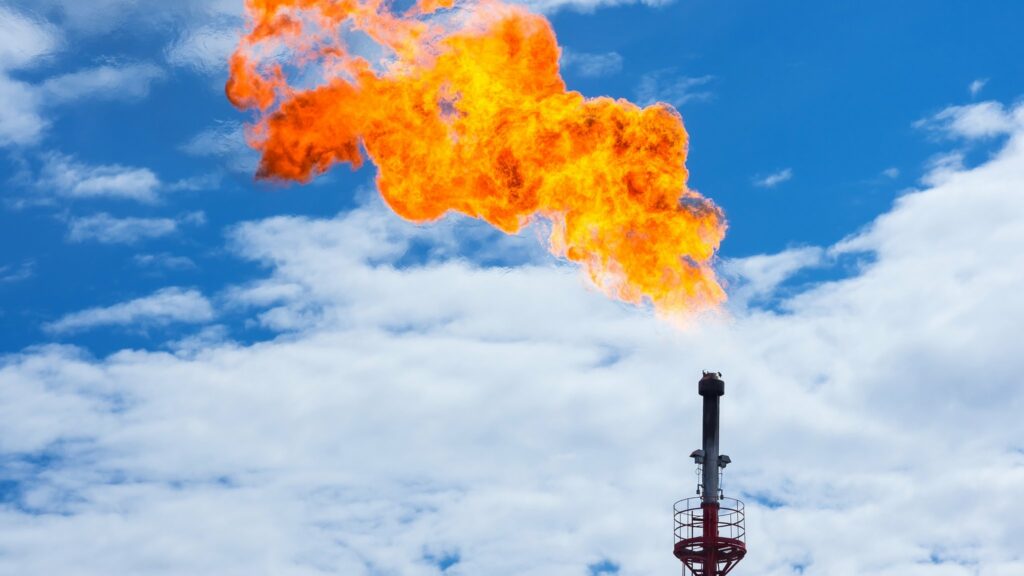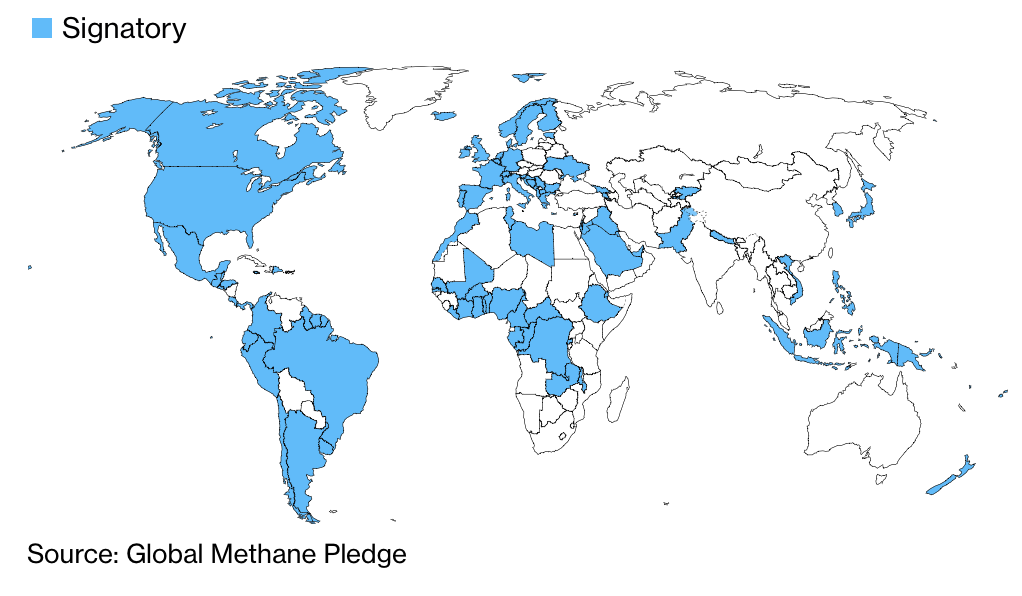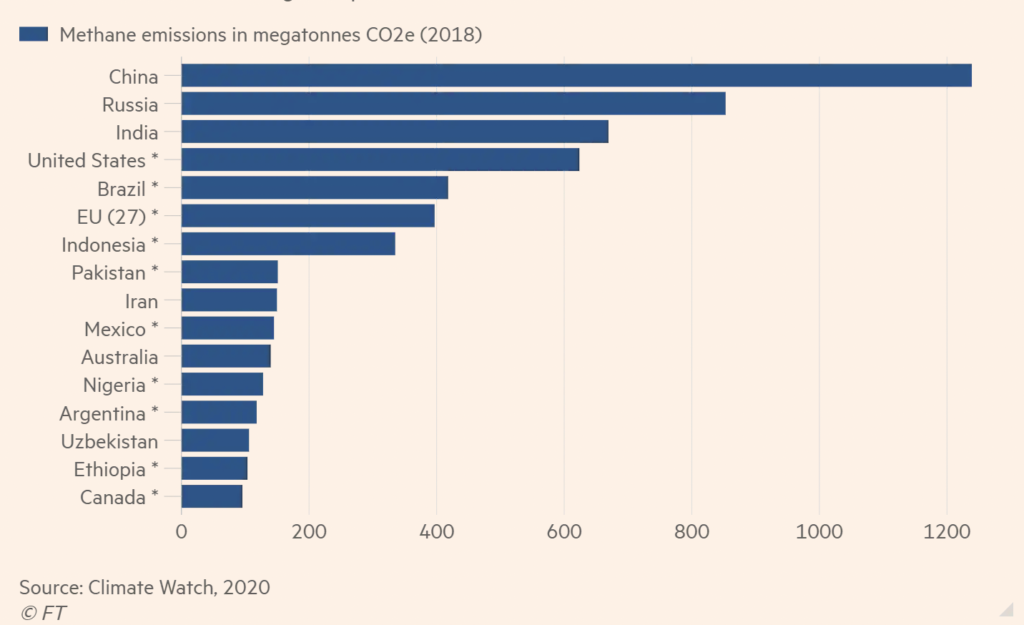
Of the several major achievements at last month’s 26th Conference of Parties in Glasgow, Scotland, the ‘Global Methane Pledge’ was one of the most significant. The US and EU led the pledge with over 100 more countries signing on to commit to a 30% reduction in methane emissions of 2020 levels by the year 2030.
Methane has a significantly longer lasting effect on the rise of global temperatures to other greenhouse gases like carbon dioxide. Thus, making the reduction of its emissions vital to maintaining less than 2 degrees rise in global temperature by the end of the 21st century. US President Biden said during his speech and announcement of the pledge, “one of the most potent greenhouse gases there is”.
In a press release from the White House, the US executive branch indicting several ways that intended to reach their goals. Stronger pollution standards at landfills, and the EPA imposing stiffer fines on oil and gas manufactures in relation to the spills and loss of methane at production plants. Specific to the agriculture sector, the US Department of Agriculture will use tax incentives to encourage the use of improved manure management systems, anaerobic digesters, new livestock feeds, and composting.
This pledge should be seen as a major success on the world stage. However, there are caveats that need to be considered. As this is a pledge there is no legal binding to ensure its completion by 2030. No oversight committee was established and while there are existing international climate watch organizations, they hold power of enforcement. Groups like the Climate Change Advisory Council (CCAC) and the Global Methane Initiative (GMI) hold positions of research and can only make recommendations. The international political community is finally beginning to take climate change seriously, however if true action is going to be taken, enforcement is necessary.

The second shortfall of the Global Methane Pledge is those countries that did not commit at all; China, Russia, and India. The top three methane emitters in the world.China did participate in joint announcement at the end of the Conference of Parties admitting that reducing methane was, “a matter of necessity.”. Although they refrained from making the pledge along with Russia, India, and Australia. Until these countries crack down on methane emissions, a 30% reduction in the next nine years by the rest of the world will be incredibly difficult.

Another success of the pledge was investment from private and public philanthropies. Over $325 million has been committed to aiding in the reduction of methane emissions. Contributions from the European Bank, the European Investment, and the Green Climate Fund will provide technical support and financing for projects. Also aiding the implementation of policies among partner nations in the International Energy Agency.
This is a global effort of monumental proportions. Cutting methane emissions by 30% by the end of the decade could be a huge step in ensuring the global temperature rise remains under 2 degrees.
Links:
https://www.ft.com/content/65a346e4-1ce8-4027-9427-a3347691e8bd
https://ec.europa.eu/commission/presscorner/detail/en/statement_21_5766
